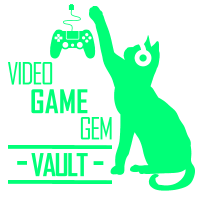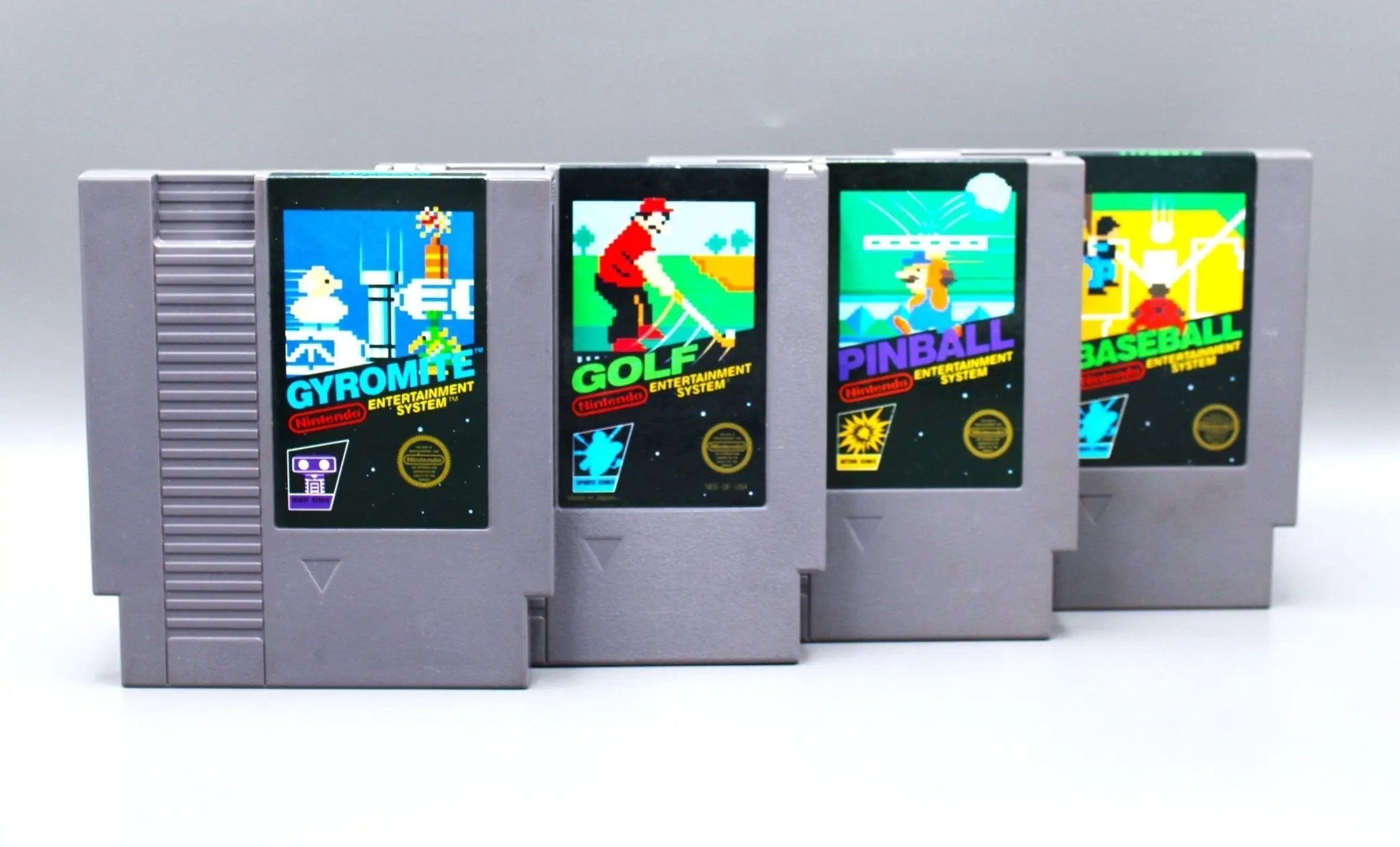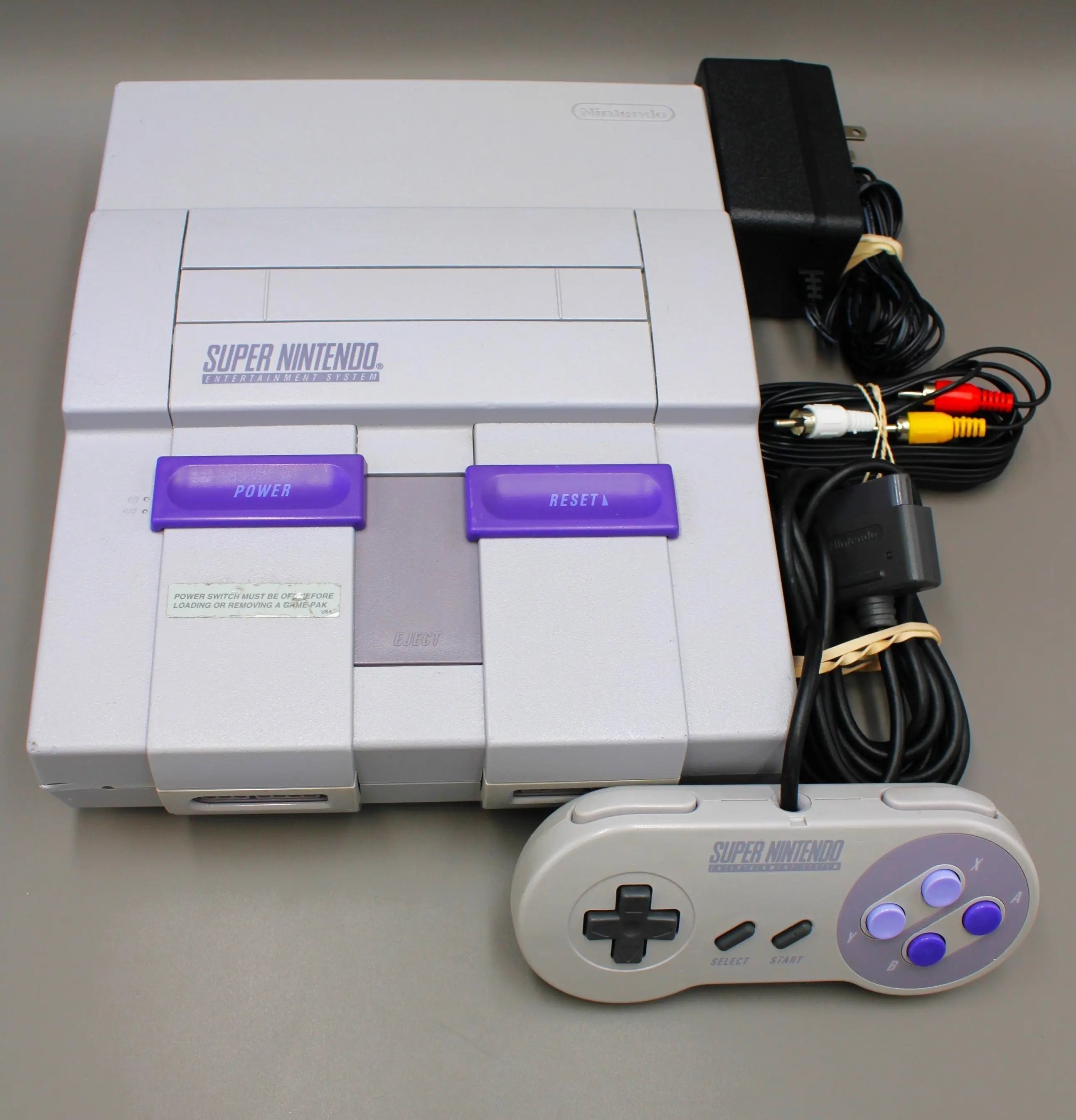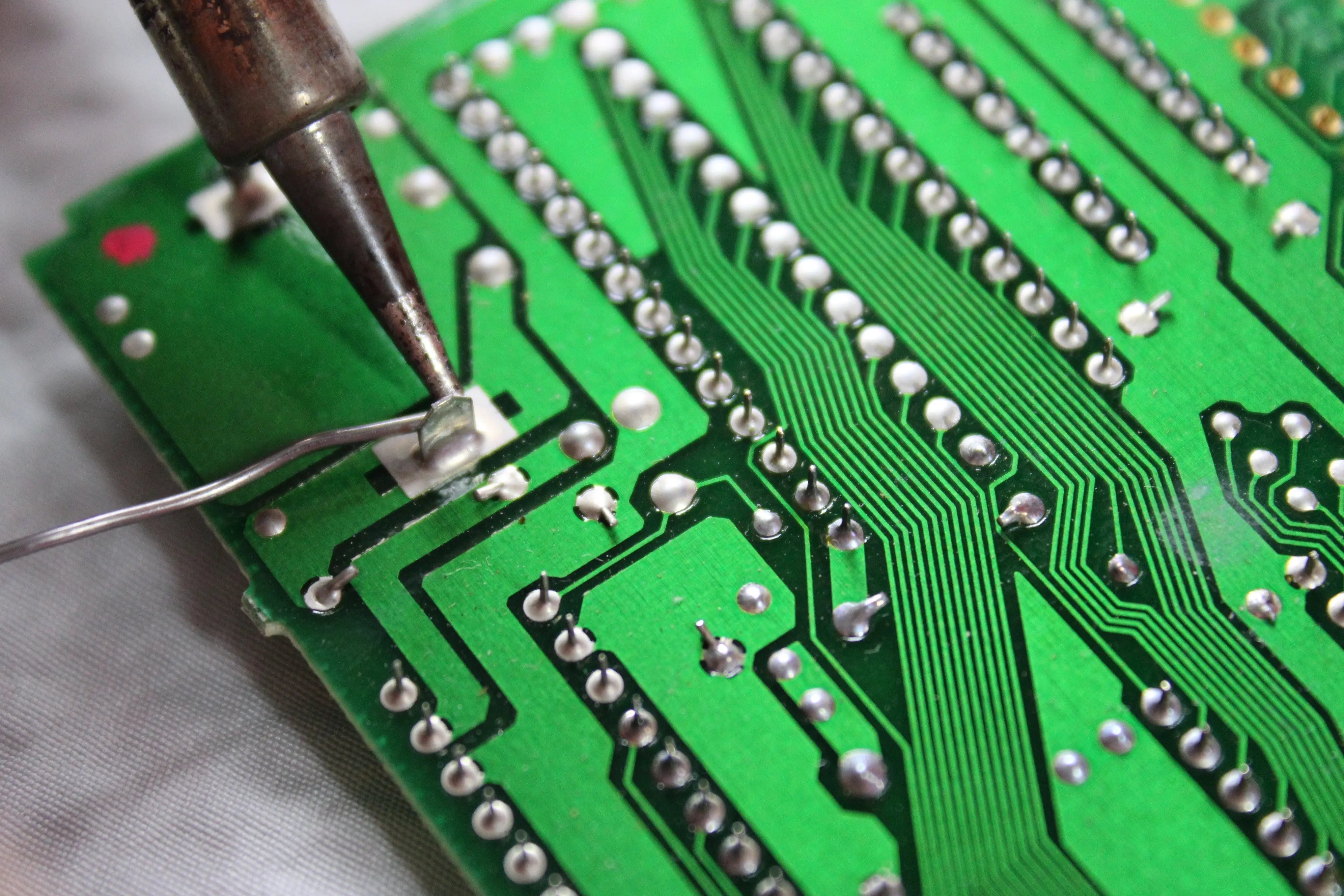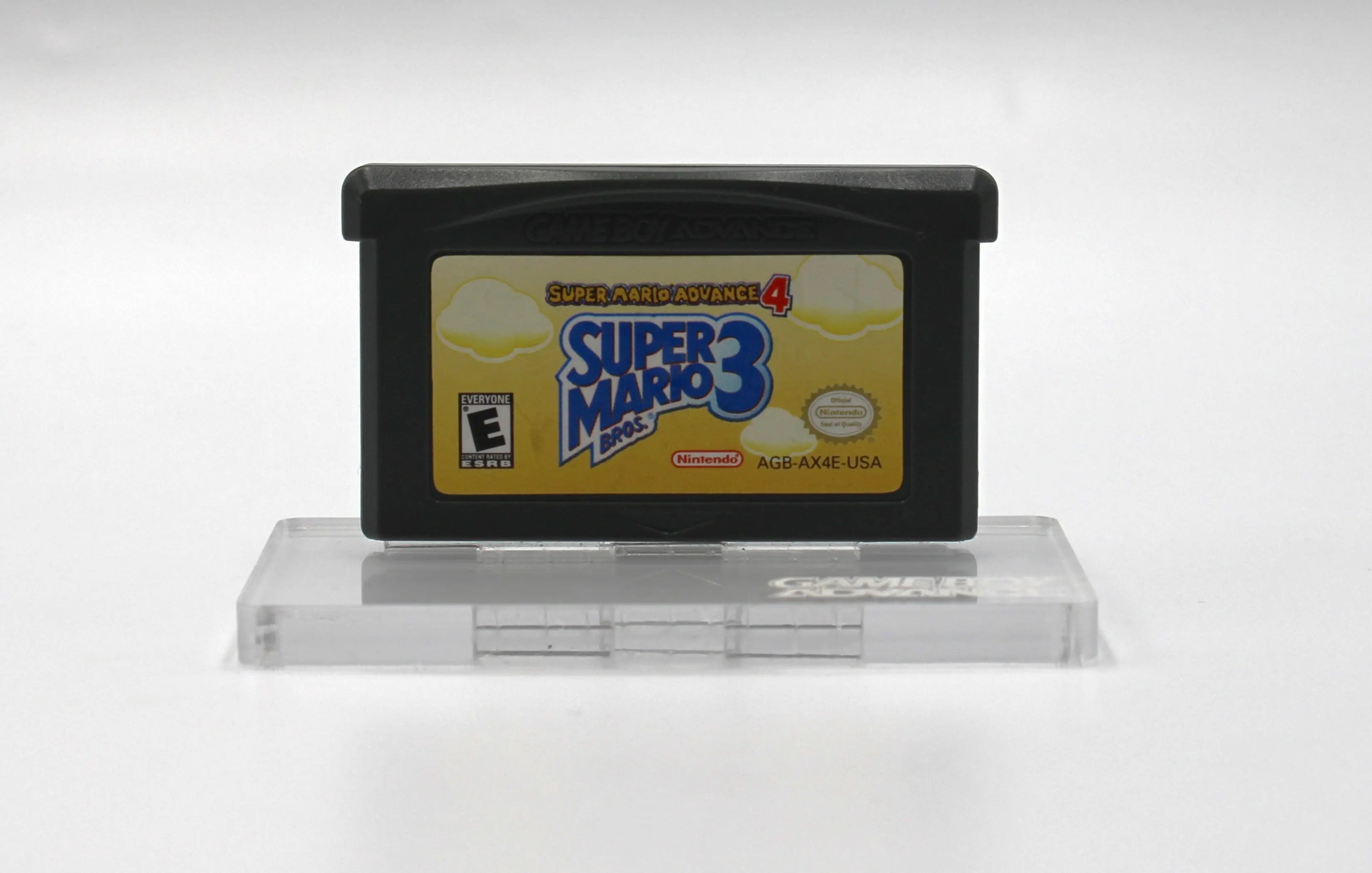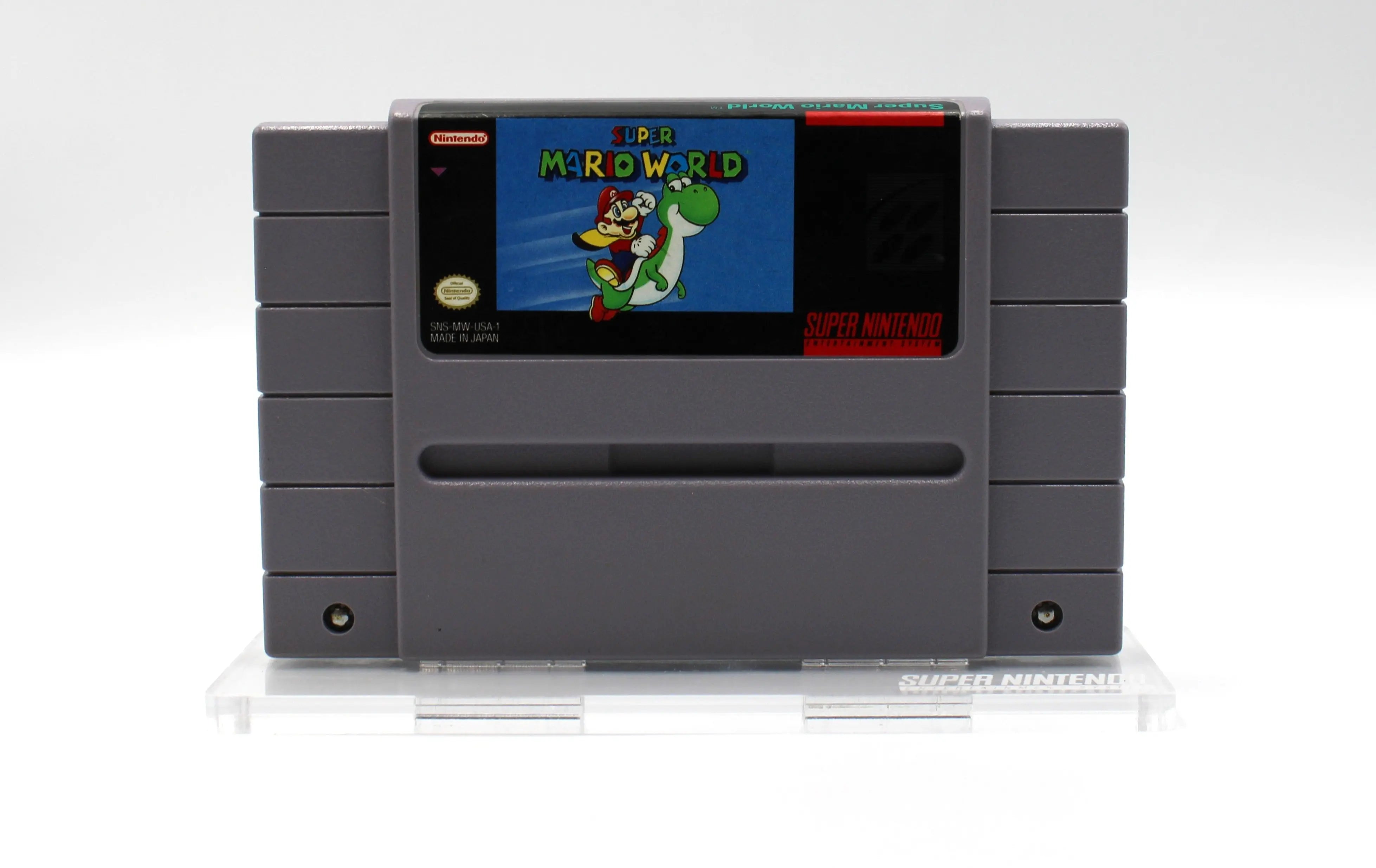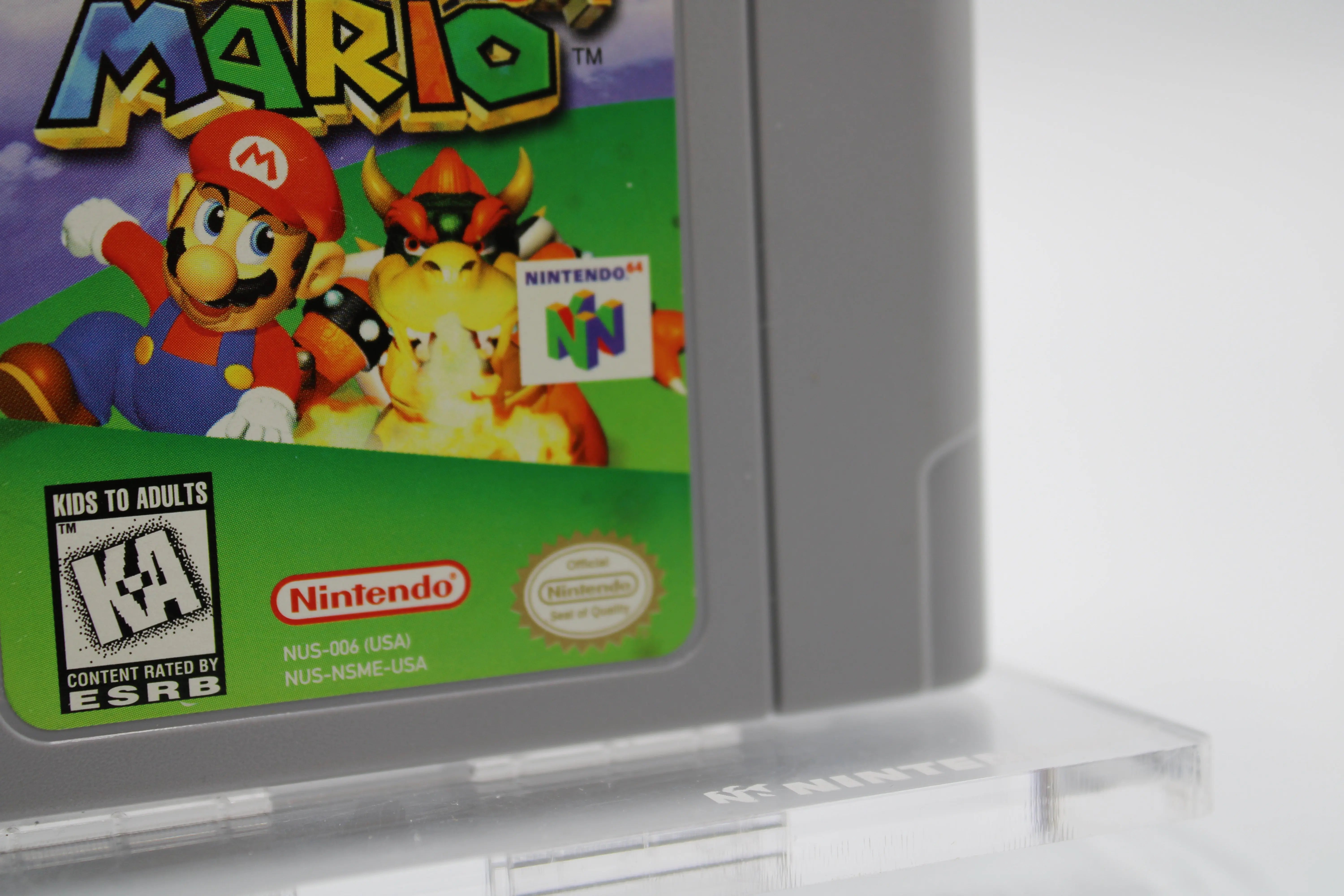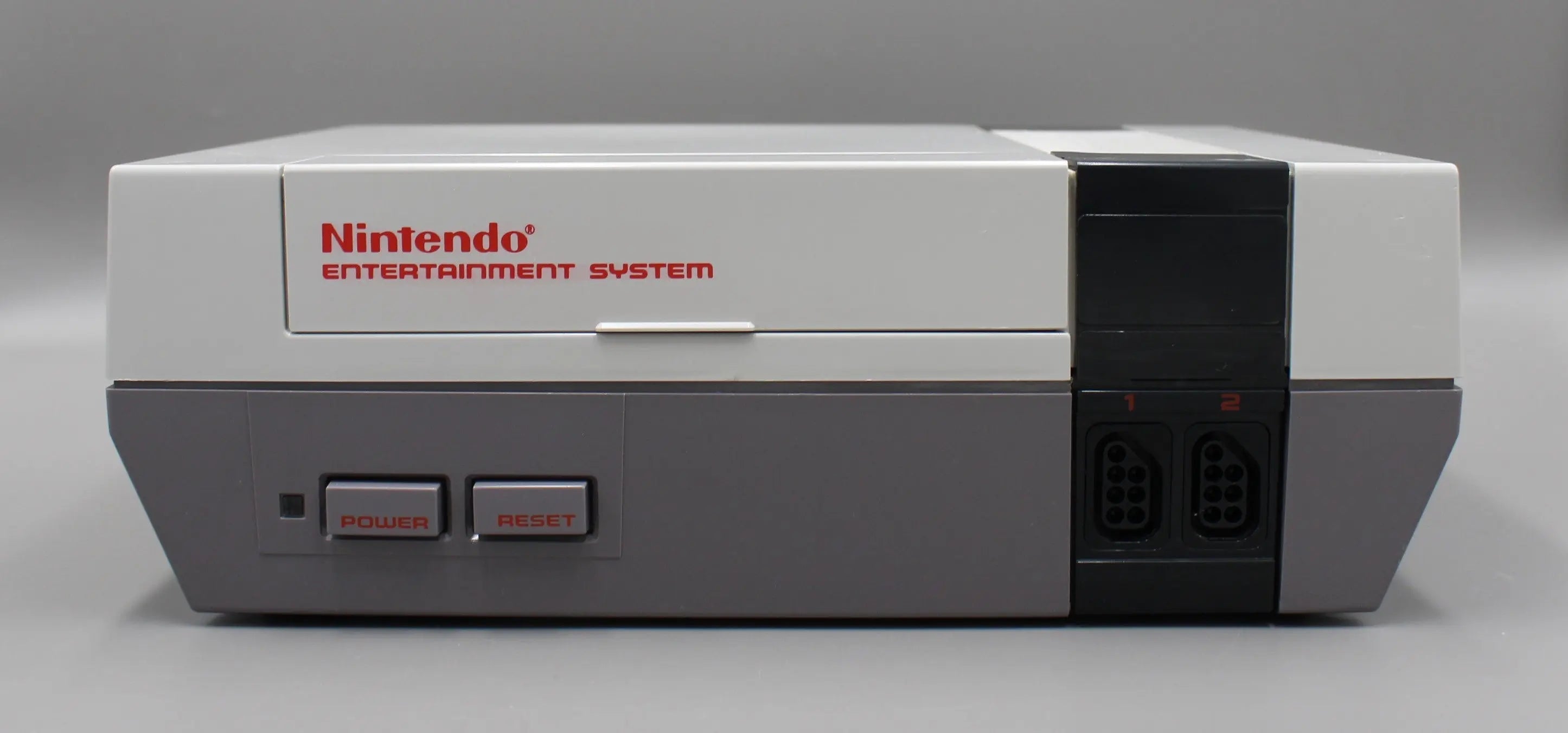What and Where Is a Nintendo Product Code for GBA Games? (With Super Mario Advance 4 Example)
Discover how to read Nintendo product codes for Game Boy Advance (GBA) games. Using Super Mario Advance 4, learn how to identify authentic GBA cartridges by title, region, and more.
What Are Nintendo Product Codes?
Nintendo product codes are unique identifiers used for GBA games to distinguish titles and regions. Found on the cartridge label, game box, and manuals, these codes are particularly helpful for collectors and retro gaming enthusiasts.
GBA Product Code Format
The product code for every official GBA game follows this format:
AGB-XXXX-XXX
- AGB = Advanced Game Boy (Nintendo's internal codename for the GBA). Is it that "internal" when they named the first GBA handheld AGB-001? Hmmm
- XXXX = A four-letter game identifier, usually an abbreviation of the title.
- XXX = A three-letter region code (USA, EUR, JPN, etc.).
Example: Super Mario Advance 4 Product Code
Let’s look at the product code for Super Mario Advance 4: Super Mario Bros. 3 (North American version):
AGB-AA4E-USA
- AGB = Advanced Game Boy
- AX4E = The unique code for Super Mario Advance 4
- USA = North Am
Where is the Nintendo Product Code on a SNES Video Game Cartridge?
The Nintendo product code for SNES cartridges typically follows this format:
SNS-XXXX-XXX
Here’s the breakdown:
-
SNS = Super Nintendo System (denoting it’s a Super Nintendo game).
-
XXXX = A 2 to 4-letter unique identifier for the specific game (often an abbreviation of the title).
-
XXX = Region code (commonly USA, CAN, EUR, JPN, etc.).
Example:
-
SNS-SM-USA → For Super Mario World (North American release).
-
SNS = Super Nintendo System
-
SM = Super M Collectors and retro enthusiasts often use these codes to verify authenticity, identify regional versions, or spot re-releases!
-
What and Where is the Nintendo Product Code on an N64 Game Cartridge?
A Nintendo product code for an N64 game is a unique identifier printed on the cartridge label and box, used to catalog and differentiate each title. This wasn’t the first time Nintendo implemented this code and PlayStation also does this with their SCUS, SLUS, and BLUS, but that’s a different blog! 😊
It typically follows a specific format as follows:
NUS-XXXX-XXX
- NUS = Stands for "Nintendo Ultra 64" (the original code name for the Nintendo 64).
- XXXX = A four-letter code representing the game's title.
- XXX = A three-letter regio
Where can I buy and sell authentic, quality retro video games and consoles online?
my love for video games started young! The first system that was truly mine was the Sony PlayStation 2 slim. I got older and played other systems and started getting more and more into games. I got hit with the “gaming bug.” Before Facebook Marketplace, the place to find video games was Craigslist. There weren’t many places to buy the “older” games. People always wanted to sell everything in a lot which is understandable when it comes to cherry picking. But… I kept getting duplicates! I started to trade them in at a game store eventually, but often times, I would get non-working games, but at their volume size, I understood. Finally.. here are clickable links to the other sites I have listed.
The Success of the Nintendo Entertainment System Gaming Console in the U.S. Market
After a time of turmoil for the video game market in the early 1980s, Nintendo introduced a brand new console that took the world by storm. This system was the Nintendo Entertainment System or NES for short. The NES launched with 17 black box titles and critics may have thought that this system would fail like its predecessors. However, Nintendo succeeded in dominating the home console video game market for several years to come. There were many reasons for the NES console's success, but perhaps the most memorable thing about this system is its fun to play and well developed game library which many retro gamers and collectors enjoy to this day.
Nintendo was careful to do extensive market research before entering the U.S. market, which had nearly collapsed in 1983 due to an overflow of poor quality games and a large quantity of inferior systems. So, Nintendo tread the U.S. waters carefully when they decided to enter this now booming gaming market. In October of 1985, Nintendo released a limited number of the NES consoles (approximately 100,00 or less) into select U.S. cities. Perhaps, they were trying to gauge whether the North American market was a good place to do business. How would consumers respond to this new NES console and should Nintendo invest in expanding their operations in America?
By limiting the number of systems available in America to the public, Nintendo created exclusivity for their product. Consumers wanted what they couldn't have (Sort of like Eric Cartman's denial to customers at his amusement park). Nintendo was very careful to present their new system and its affiliated launch titles in a new way that would build trust and intrigue for American consumers who had become disillusioned with the failing home video game market of the early 1980's.
So why was Nintendo so successful? Their packaging was deliberate and consistent across all NES releases. The NES console featured a black box and so did the original 17 launch titles and the 13 black box titles released shortly after. (See our detailed blog on boxed games). This simple artwork with 8 bit graphics and a black background stood out in contrast to the elaborate video game artwork of the time, so it grabbed people's attention. In addition, Nintendo went a step further building trust by putting an official seal of quality on every game, console, and accessory they sold. This seal assured consumers that the content purchased met Nintendo's rigorous standard of quality.
Nintendo even backed their products with a dedicated phone line for customer support. This way consumers could trust Nintendo to be there if they experienced any issues with a product because they always included a phone number and address where they could be reached for support.
